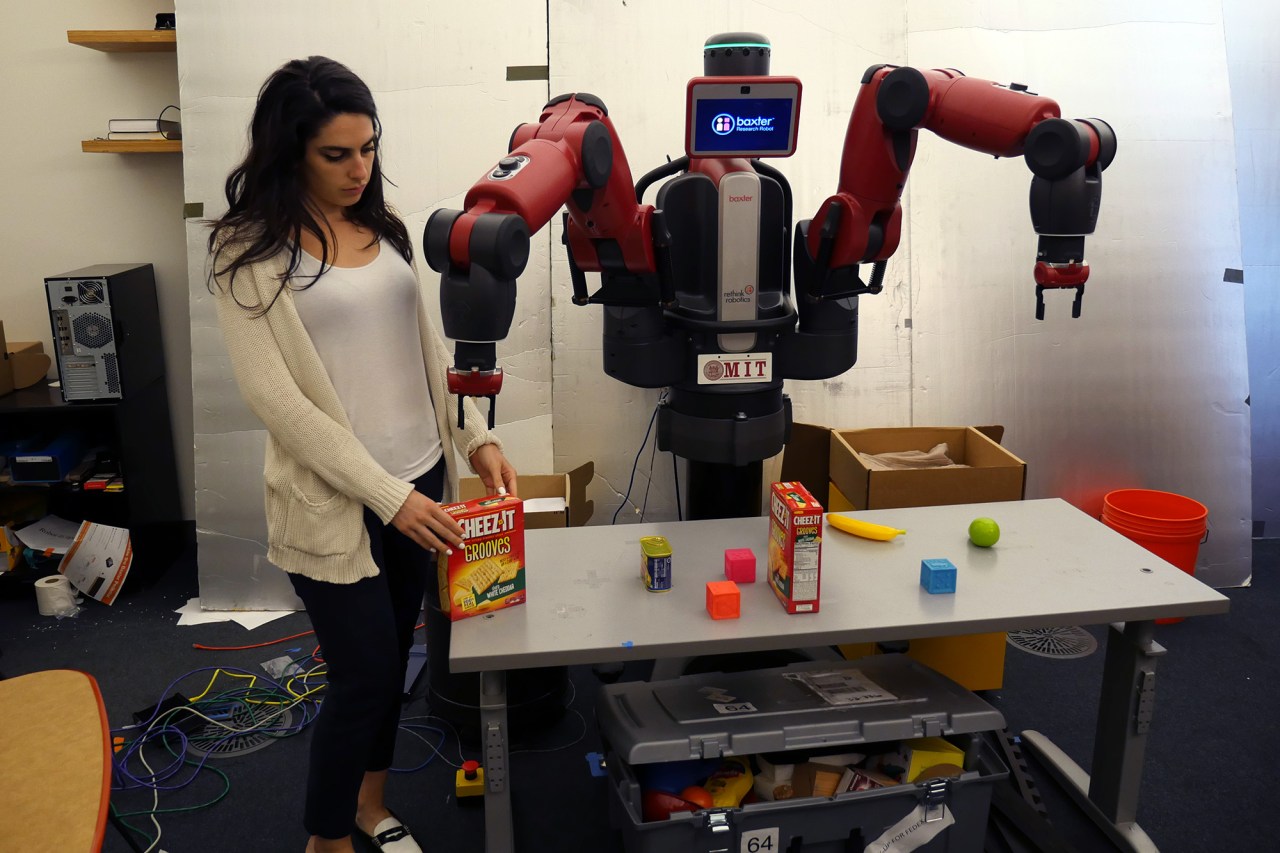The fascination with robots isn’t merely a product of science fiction; it’s a growing reality, thanks to remarkable innovations in artificial intelligence. One such groundbreaking advancement comes from MIT’s Computer Science and Artificial Intelligence Lab (CSAIL), where researchers have developed a system capable of understanding contextual voice commands. The system, aptly named ComText, is revolutionizing how we communicate with robots, transforming them from mere machines into responsive entities that can comprehend our spoken instructions in a more human-like manner.
The Shift From Simple Commands to Contextual Understanding
Traditionally, interacting with robots has been a challenge fraught with limitations. Most of them operate on the basis of explicit commands; they execute tasks only when given straightforward instructions. MIT’s ComText changes the game by endowing robots with the ability to understand instructions based on context. This leap forward allows users to address robots in a manner akin to how they would engage with other humans. Rather than restricting communication to basic phrases, users can now reference previous interactions and specific details about their environment.
How ComText Operates
The technology behind ComText isn’t just limited to deciphering words; it encompasses two crucial types of memory that enrich the robot’s understanding:
- Semiotic Memory: This stores general knowledge about various objects and their attributes.
- Episodic Memory: This reflects specific past interactions and instances, allowing the robot to form connections based on experience.
For example, if you instruct the robot by saying, “This tool I’m holding is my tool,” the system learns to associate that particular object with the reference “my tool.” Consequently, in future exchanges, when a user requests, “Hand me my tool,” the robot can accurately identify and retrieve the correct item, reflecting an advanced level of contextual awareness.
Real-World Application and Future Directions
Testing with Baxter, a humanoid robot developed by Rethink Robotics, showcases ComText’s capabilities with a staggering 90% success rate in executing appropriate commands. This impressive achievement marks a significant milestone, demonstrating the system’s potential for practical applications in both consumer and industrial environments. Imagine a warehouse where robots can understand commands about inventory, or in assisting healthcare workers in hospitals by fetching specific tools or items based on patient care needs. The implications are vast.
Moreover, CSAIL researchers are not slowing down. They aim to refine the ComText system further, potentially integrating more complex tasks and multi-step commands. This ongoing development stands to make robots even more competent and integrated into everyday life, minimizing the barriers we face in human-robot collaboration.
Conclusion: A New Era of Companion Robots
As we venture deeper into the realm of artificial intelligence, ComText and similar advancements are paving the way for a future where robots are not just tools but partners in our daily lives. The ability to respond to voice commands with contextual understanding brings us closer to the dream of seamless human-robot interaction. At fxis.ai, we believe that such advancements are crucial for the future of AI, as they enable more comprehensive and effective solutions. Our team is continually exploring new methodologies to push the envelope in artificial intelligence, ensuring that our clients benefit from the latest technological innovations.
For more insights, updates, or to collaborate on AI development projects, stay connected with fxis.ai.

